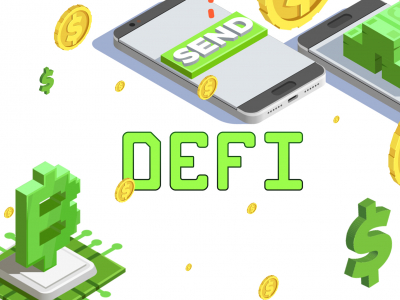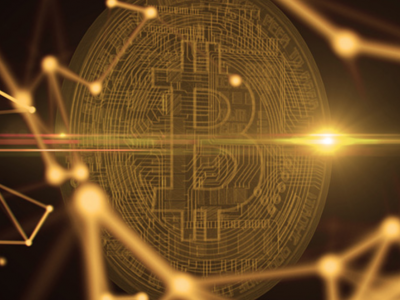The cost of gas required to complete transactions in Ethereum increased by 500% since April. This complicates the work of decentralized applications on Ethereum.
The Ethereum blockchain is one of the most popular for launching decentralized applications. Demand for its use has led to a significant increase in fees. And although the average gas price has not yet reached the record level that was observed in July 2018, Ethereum developers are trying to come up with a new pricing model for fees to ensure the decentralized applications on the Ethereum blockchain work reliably.
EIP 1559 was first introduced in April 2019, but the ideas it is based on were voiced by Ethereum co-founder Vitalik Buterin in his article in August 2018. Buterin, Eric Conner, Rick Dudley, Matthew Slipper and Ian Norden worked on the improvement. The goal of EIP 1559 is to resolve the issue of fee pricing using algorithmic pricing.
EIP solves two problems at once: it dynamically changes the size of blocks depending on the number of transactions within certain threshold values and sets a price for certain users when demand rises or falls. Fees are divided into two parts, base transaction fee (basefee), which will be denominated in ETH and then burned, and reward to miners. The basefee depends on network conditions. Reward to miners may increase in case of increased demand. Users are also invited to pay a higher commission in case they need to complete a transaction urgently.
“The burning of BASEFEE, which is the bulk of transaction fee, is a deflationary force of ETH. It promotes its scarcity, and links its scarcity to the growth of the Ethereum economy,” David Hoffman, COO of Ethereum investment firm RealT, told CoinDesk. “The issuance of ETH that pays for security initially leverages the value of ETH. If BASEFEE is burning lots of ETH, the value of ETH should be higher, as it is more scarce.”
In response to EIP 1559, MetaMask developer Dan Finlay put forward his own proposal for improving Ethereum. Its EIP 2593 allows users to independently change the level of transaction fee, even reducing it to the minimum possible level, slowly increasing it until the miners decide to include the transaction in the next block. Ethereum developers liked the idea, so that this EIP is likely to be launched in addition to EIP 1559.
As of June 24, the developers decided to launch a test network to simulate the operation of EIP 1559 and other network improvements.











